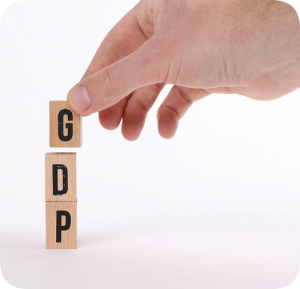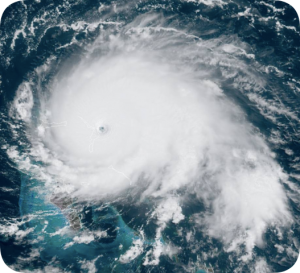 Last year, the U.S. economy shrank by 3.5 percent as Americans had their lives turned upside down by the coronavirus pandemic. This made 2020 the worst year for growth since 1946 when the economy contracted by more than 11 percent in the immediate aftermath of World War II. It’s also the first time since 2009 that GDP has contracted over the course of an entire year, although the economy did begin to recover in the latter half of 2020.
Last year, the U.S. economy shrank by 3.5 percent as Americans had their lives turned upside down by the coronavirus pandemic. This made 2020 the worst year for growth since 1946 when the economy contracted by more than 11 percent in the immediate aftermath of World War II. It’s also the first time since 2009 that GDP has contracted over the course of an entire year, although the economy did begin to recover in the latter half of 2020.
“There Continue reading





